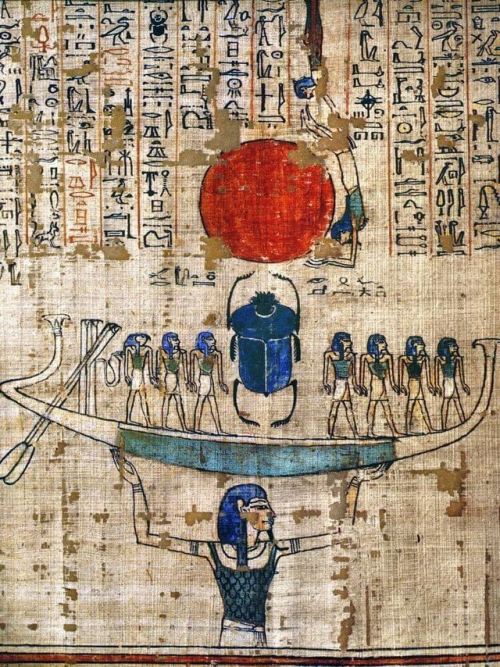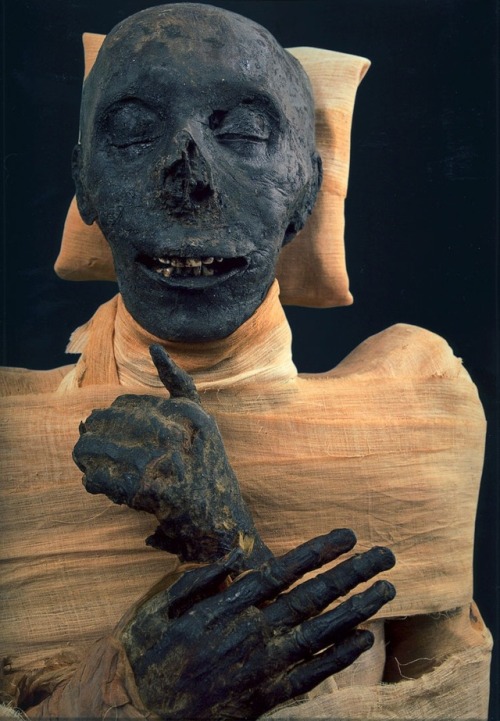PANDORA Bracelets | REEDS Jewelers
PANDORA Bracelets | REEDS Jewelers
Click here: http://bit.ly/braceletcharms
More Posts from Teddyglez1976 and Others
Demo-1: What’s the Deal?
Whether or not you caught the SpaceX Crew Dragon launch this past weekend, here’s your chance to learn why this mission, known as Demo-1, is such a big deal.
The First of its Kind
Demo-1 is the first flight test of an American spacecraft designed for humans built and operated by a commercial company.
Liftoff

The SpaceX Crew Dragon lifted off at 2:49 a.m. EST Saturday, March 2, on the company’s Falcon 9 rocket from Kennedy Space Center.
This was the first time in history a commercially-built American crew spacecraft and rocket launched from American soil.
Docking the Dragon

After making 18 orbits of Earth, the Crew Dragon spacecraft successfully attached to the International Space Station’s Harmony module at 5:51 a.m. EST Sunday, March 3. The Crew Dragon used the station’s new international docking adapter for the first time since astronauts installed it in August 2016.
The docking phase, in addition to the return and recovery of Crew Dragon, are critical to understanding the system’s ability to support crew flights.
A New Era in Human Spaceflight

Although the test is uncrewed, that doesn’t mean the Crew Dragon is empty. Along for the ride was Ripley, a lifelike test device outfitted with sensors to provide data about potential effects on future astronauts. (There is also a plush Earth doll strapped inside that can float in the microgravity!)
Astronauts on the International Space Station welcomed the Crew Dragon spacecraft in a ceremony onboard. NASA Astronaut Anne McClain from inside Crew Dragon said, “Welcome to a new era in human spaceflight.”
Inside the Dragon
For future operational missions, Crew Dragon will be able to launch as many as four crew members and carry more than 220 pounds of cargo. This will increase the number of astronauts who are able to live onboard the station, which will create more time for research in the unique microgravity environment.
SpaceX and NASA

Elon Musk, CEO and lead designer at SpaceX, expressed appreciation for NASA’s support: “SpaceX would not be here without NASA, without the incredible work that was done before SpaceX even started and without the support after SpaceX did start.”
Preparation for Demo-2

NASA and SpaceX will use data from Demo-1 to further prepare for Demo-2, the crewed flight test that will carry NASA astronauts and Doug Hurley and Bob Behnken to the International Space Station. NASA will validate the performance of SpaceX’s systems before putting crew on board for the Demo-2 flight, currently targeted for July 2019.
Undocking

The Crew Dragon is designed to stay docked to station for up to 210 days, although the spacecraft used for this flight test will remain docked to the space station for only five days, departing Friday, March 8. (We will be providing live coverage — don’t miss it!)
Demo-1: So What?

Demo-1 is a big deal because it demonstrates NASA and commercial companies working together to advance future space exploration! With Demo-1’s success, NASA and SpaceX will begin to prepare to safely fly astronauts to the orbital laboratory.
Follow along with mission updates with the Space Station blog.
Make sure to follow us on Tumblr for your regular dose of space: http://nasa.tumblr.com










hot chocolate anyone? 🍫☕️❄️
(recipes 1, 2, 3, 4, 5, 6, 7, 8, 9, 10)

Portrait of Anna Pitt as Hebe, by Louise Élisabeth Vigée-Lebrun, 1792 (detail)


💚🎀🌸








C R O W N S of the British Empire

Nun Raises the Sun
Nun, god of the primeval waters, origin of all life and chaos, lifts the barque of the sun god Ra (represented by both the scarab and the sun disk) into the sky at the beginning of time. Nut, goddess of the Sky, is hanging from above, holding the god Osiris, also hanging from upside down, who holds the sun from above. This union, between the sun and Osiris, represents a solid eternal union between the soul and the body which meant to be a complete resurrection of the human being.
Vignette from Book of the Dead of Anhay. Ramesside Period, New Kingdom, 20th Dynasty, ca. 1189-1070 BC. Now in the British Museum.


Mummy of Thutmose III
The mummy of king Thutmose III was moved from its original burial place in tomb KV34, in the Valley of the Kings, to the Deir el-Bahari cache (“DB320”) in his original middle coffin.
The mummy was badly damaged by tomb-robbers, probably during the 21st Dynasty. When they moved the royal mummies, they had to use narrow wooden splints to hold the body together.
Apparently, the king was about 1.61 meters tall. His hands were crossed over his chest, in the Osirian position. His face was covered with resin.
New Kingdom, 18th Dynasty, reign of Thutmose III, ca. 1479-1425 BC. Now in the Egyptian Museum, Cairo. JE 26213

Follower of Artemisia Gentileschi (Italian, 1593 - c. 1656): A lady before a mirror, possibly Venus at her toilet (via Sotheby’s)
-
 teddyglez1976 liked this · 6 years ago
teddyglez1976 liked this · 6 years ago -
 teddyglez1976 reblogged this · 6 years ago
teddyglez1976 reblogged this · 6 years ago -
 pandorasale2012 reblogged this · 6 years ago
pandorasale2012 reblogged this · 6 years ago
Dedicado a los finos amantes de las bellas artes y el estilo exquisito del buen comer.
145 posts